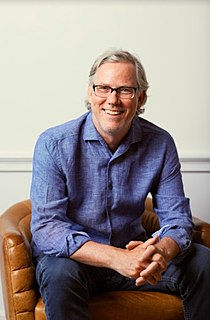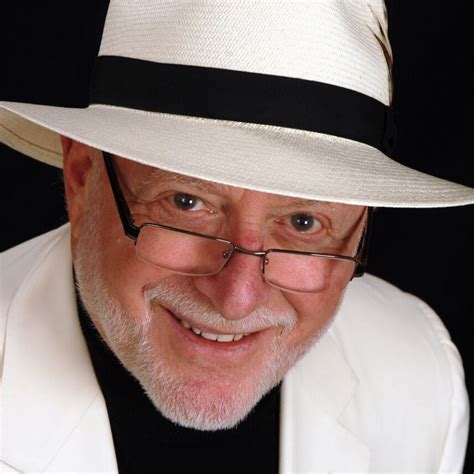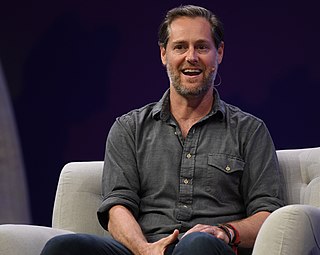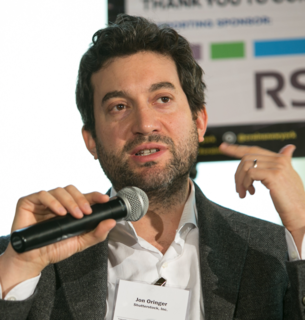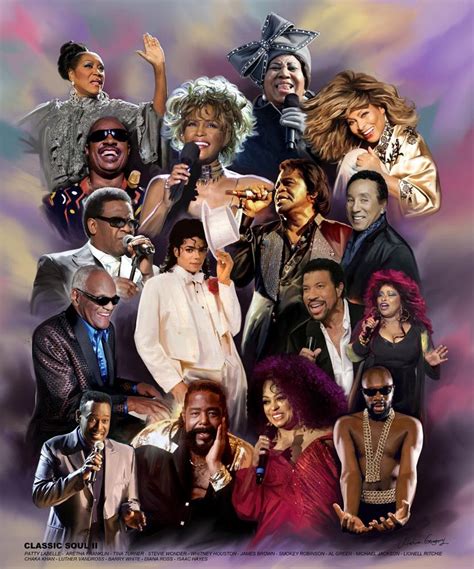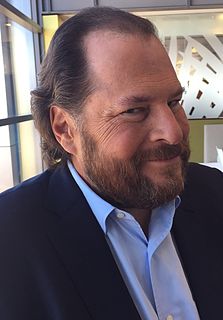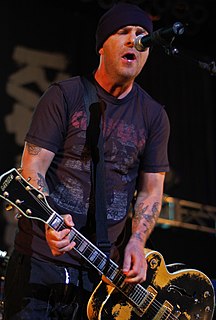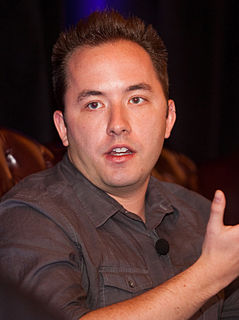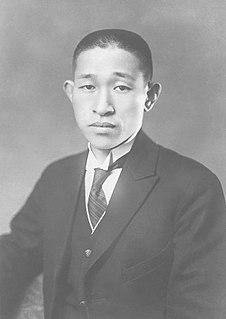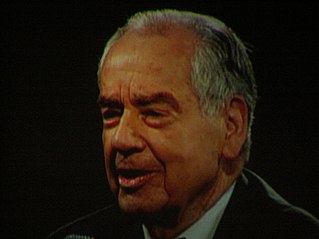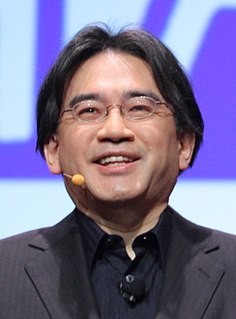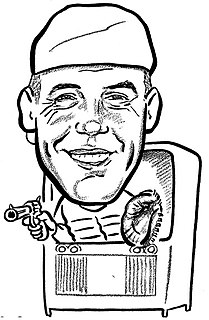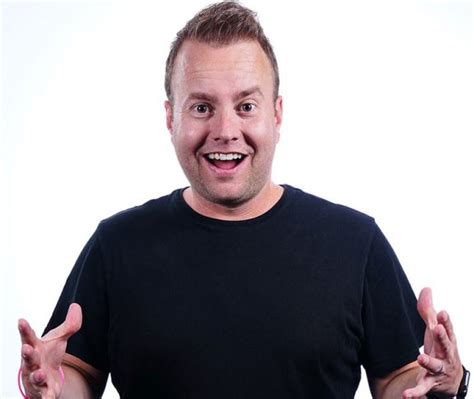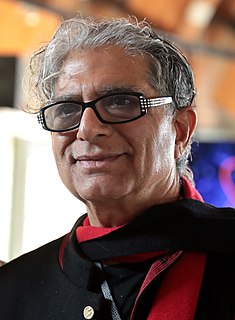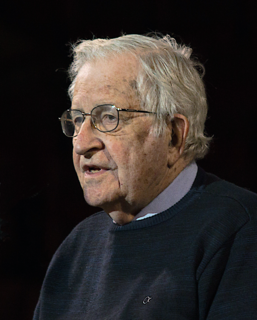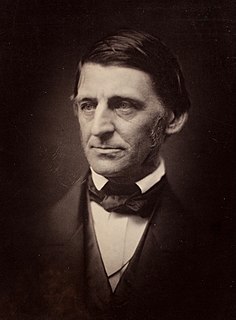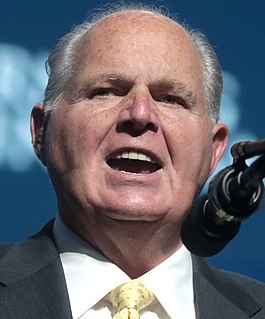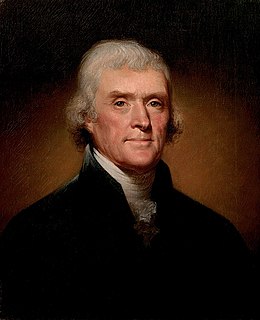A Quote by Brian Halligan
I started my career as a sales guy in the nineties, when the funnel was controlled by the sales rep, who had all the information the prospect wanted, including pricing and discount options. Now 90 percent of it has swung to marketing. It's self-service and you need to be very, very helpful to see to the top of the funnel. The game has changed a lot.
Related Quotes
It's fashionable to use terms like 'sales funnels' to describe the sales process for many companies, and it is true that the funnel design is very appropriate for the digital world, but despite all the prose written on sales funnels and the like, my question is still the same - when do you close your sales, and how long does that take?
Often in companies, you'll see tensions between sales and marketing. Sales people will want to give discounts to clients because they often get paid a commission based on how much they sell. So they're always pushing to give discounts because that will increase sales. Marketing, however, is judged by overall profitability.
You look to Google, you see this incredible world of information, you see the advertising, but you also get Google Analytics. And Google Analytics coupled with Salesforce's sales and service and marketing means that both of our customers are going to have customer insights that they've never had before. That is really exciting.
